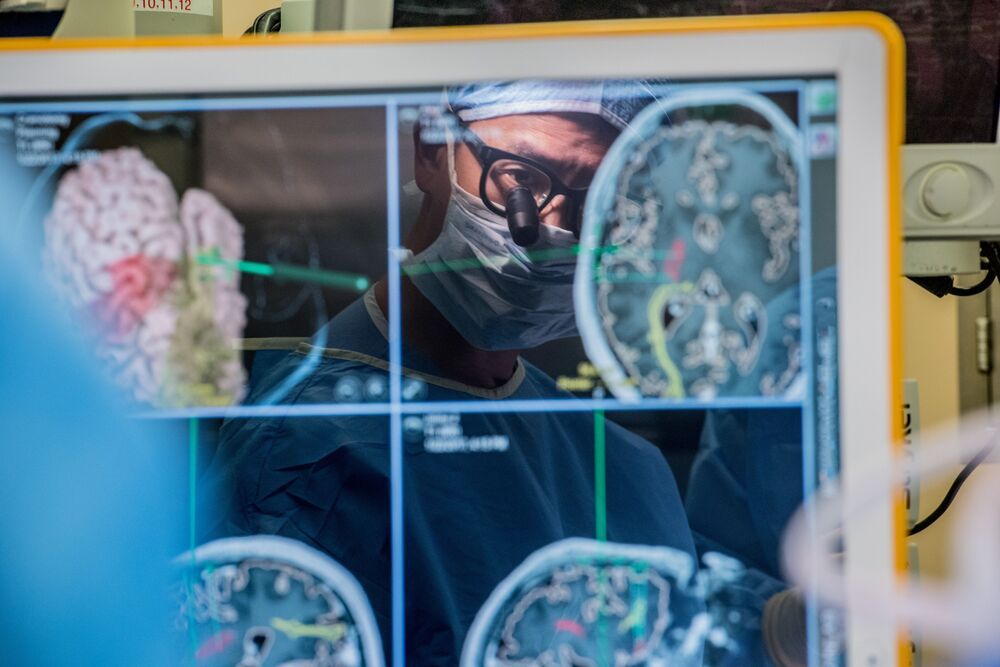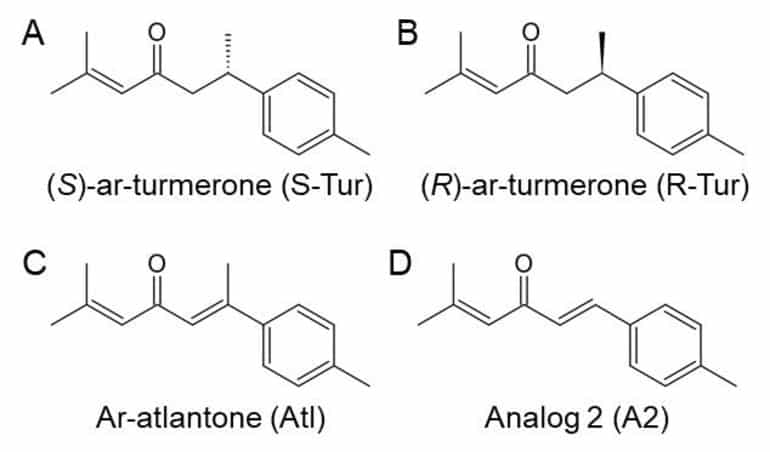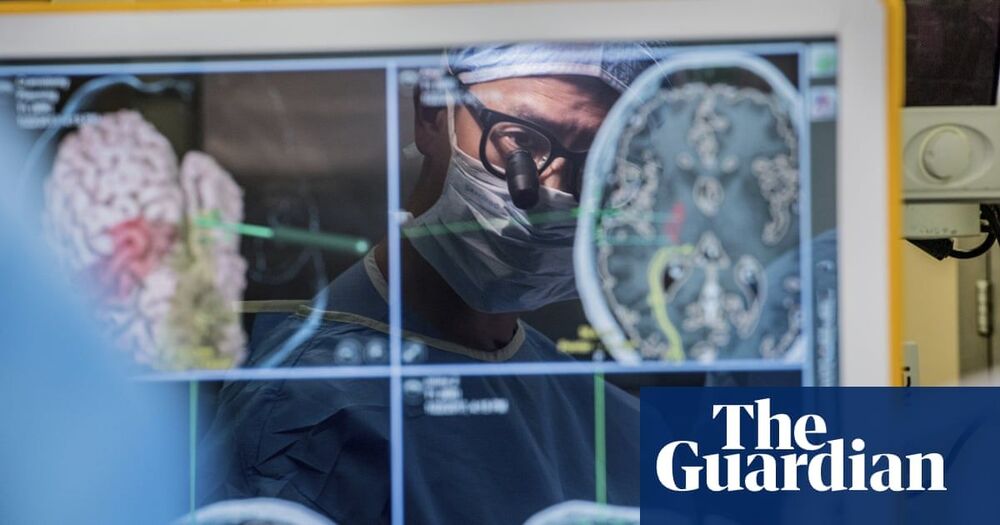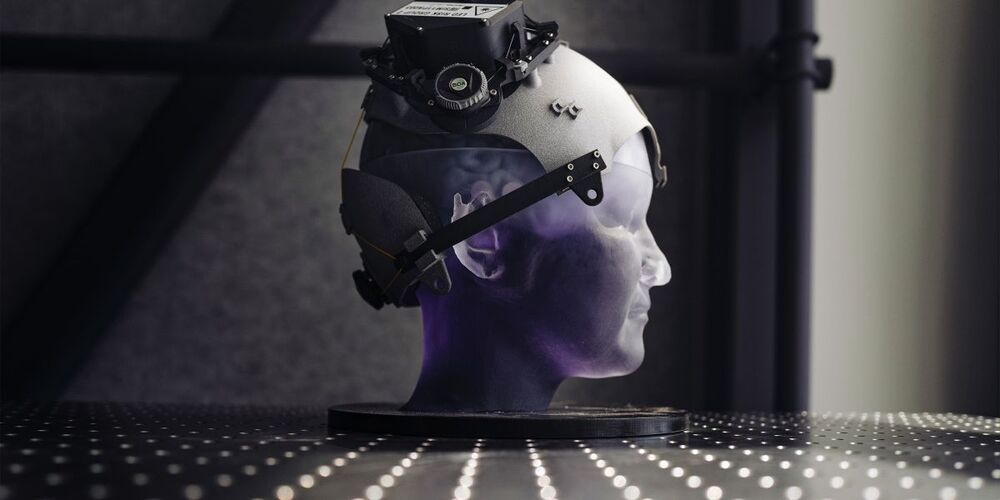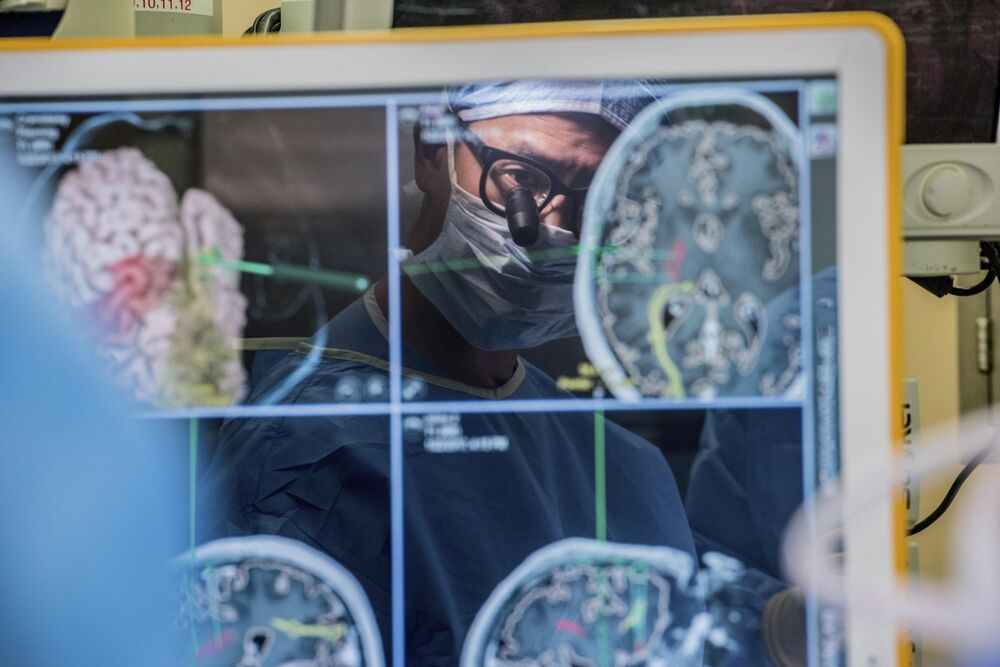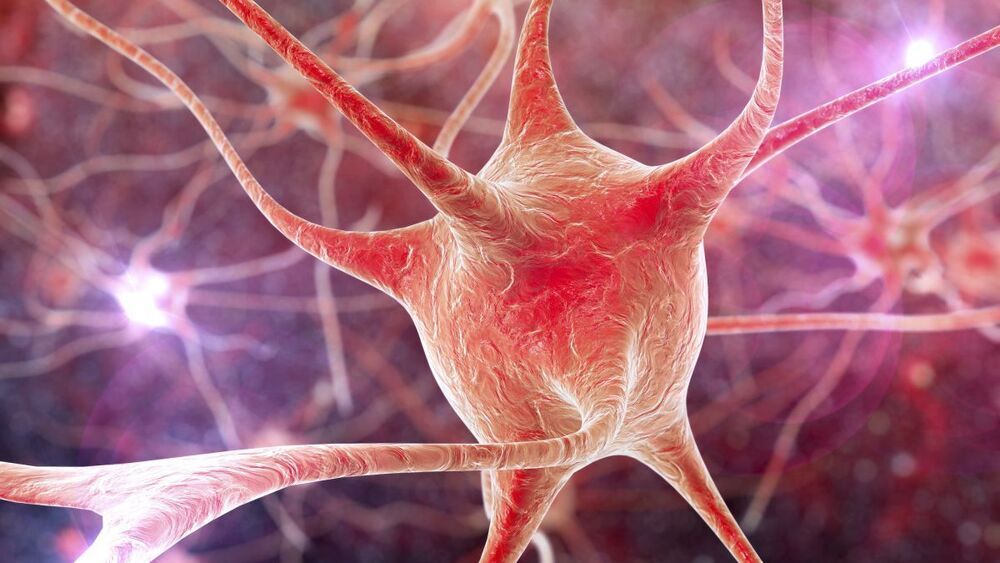Interested in living longer? You are probably going to get TPE at some point. The Conboys are looking for funding for human trials to produce a product in 3–4 years. Here we have infor on what it is and how it works plus actual human results to date (starting at 10 minutes).
In Part III, Dr Kiprov, discusses the history of moving from the Conboy’s experiments in the lab to the process used in the clinic and reasons for the choices made. He also covers the benefits that he has seen with plasma exchange in the clinic.
Part I Video Link https://youtu.be/jpJlgSzRdyo.
Part II Video Link https://youtu.be/P0j96lU9_-g.
Dr Dobri Kiprov is internationally recognized as a pioneer and a leading expert in the field of Therapeutic Apheresis. He is Chief of the Division of Immunotherapy at California Pacific Medical Center in San Francisco, California and Medical Director of Apheresis Care Group (ACG).
Dr Kiprov has been working with the Drs Conboy for many years on plasma exchange and recently they published a joint paper based on their experience in the clinic and the laboratory.
